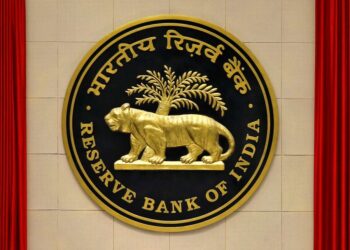Buying a house or flat of your own requires a lot of savings. To make it even easier, one can opt for housing or home loans too. Recently, the Reserve Bank of India (RBI) has made some very important changes to help people with home loans, especially giving them the power of saving on interest. The changes in the home loan rules will bring flexibility and control to the borrowers dealing with changing interest rates on their home loans, helping them to save more.
Banks or lenders will now have to give the borrowers the freedom to choose between increase in EMI, extension of loan repayment period or a mix of both. Here are the home loan rules announced by the RBI, to benefit the borrowers.
Home loan rules to empower people
- Liberty to choose fixed interest rate: Borrowers can now choose to have a fixed interest rate when the interest rate changes. Notably, the bank or the lender has to be very clear about any costs involved in making this change.
- Customizing loan repayment: RBI’s rules give the power of making choices to the borrowers. The borrower can decide if he/she want’s to extend the loan tenure, increase their EMI, or even pick a mix of both.
- Protecting borrowers: Banks must ensure that if the loan lasts longer, it doesn’t lead to a situation where the borrower ends up owing more money later. Borrowers monthly payments should always cover accruing interest.
- The power of information: Knowing the details and insights about the loan makes it easier for the borrowers to understand the policy. Now, the banks have been mandated to communicate the potential consequences of changes in benchmark rates to borrowers. This will help the borrowers understand the implications of interest rate adjustments on their EMIs and loan tenures.
Government policies and housing sector
Government policies like ‘Housing for All’, Pradhan Mantri Awas Yojana, etc., have played a major role in driving the demand for the residential housing space. Further, the Affordable Housing Fund (AHF) has also helped create sufficient liquidity in the sector for viable growth. The Smart City Project, also aims at improving the overall opportunity for the real estate sector and encouraging investments.
“The overall affordability in the residential real estate sector was high during the post-pandemic period, as reflected by a decline in the weighted average annual interest rate on home loans from 8.6 percent during January-March 2020 to 7.3 percent during January-March 2022 for Scheduled Commercial Banks,” Economic Survey 2022-23 informed.
Further Economic Survey said, “Notwithstanding the current impediments, such as rising interest rates on home loans and an increase in property prices, the sector has witnessed resilient growth in the current year, with housing sales and the launch of new houses in Q2 of FY23 surpassing the pre-pandemic level of Q2 of FY20. There is evidence of a significant decline in the inventory overhang dipping to 33 months during Q3 of FY23 from 42 months last year. The unsold inventory stood at 8.5 lakh at the end of 2022 with 80 percent of the stocks under various stages of construction.”
Meanwhile, according to a latest report by ‘India Real Estate: Vision 2047’, a joint report by Knight Frank and National Real Estate Development Council (Naredeco), India’s real estate sector is expected to expand to $5.8 trillion by 2047.
“By 2047, India’s real estate sector is estimated to expand to USD 5.8 tn contributing 15.5% to the total economic output. Factors such as escalating demand for residential properties arising from rapid urbanisation and growing disposable incomes of individuals are supporting the fast paced expansion of the real estate industry in India,” the report stated.
The housing or real estate sector is expected to boom in the coming years. If you too are planning to get yourself a home, remember to make choices that are right for your wallet.








